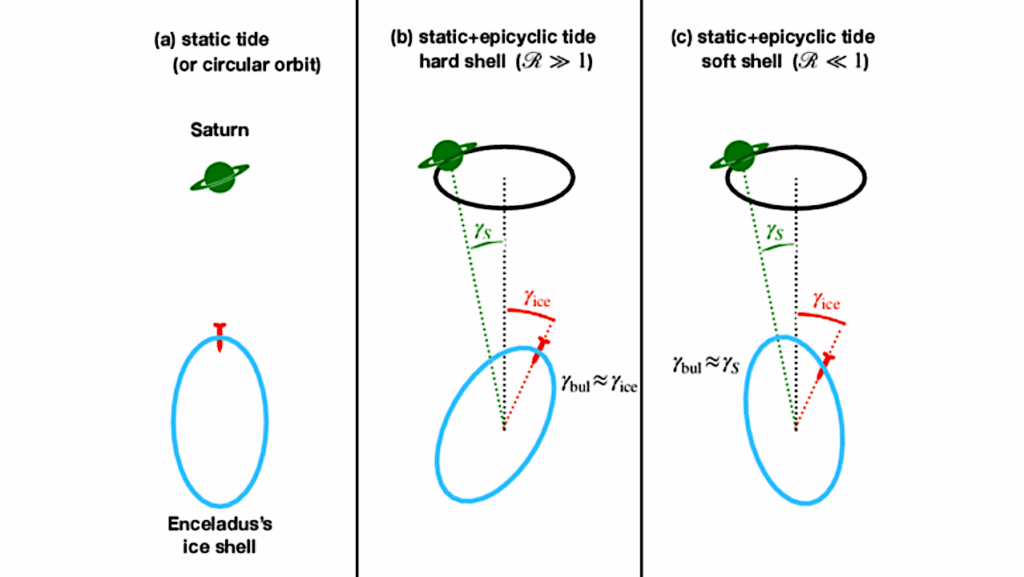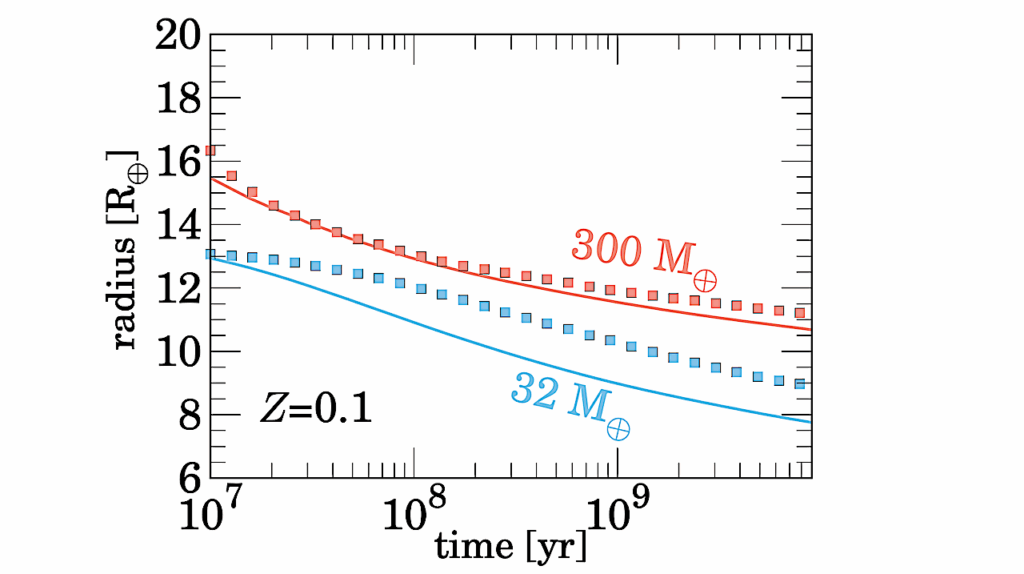Venus As An Anchor Point for Planetary Habitability
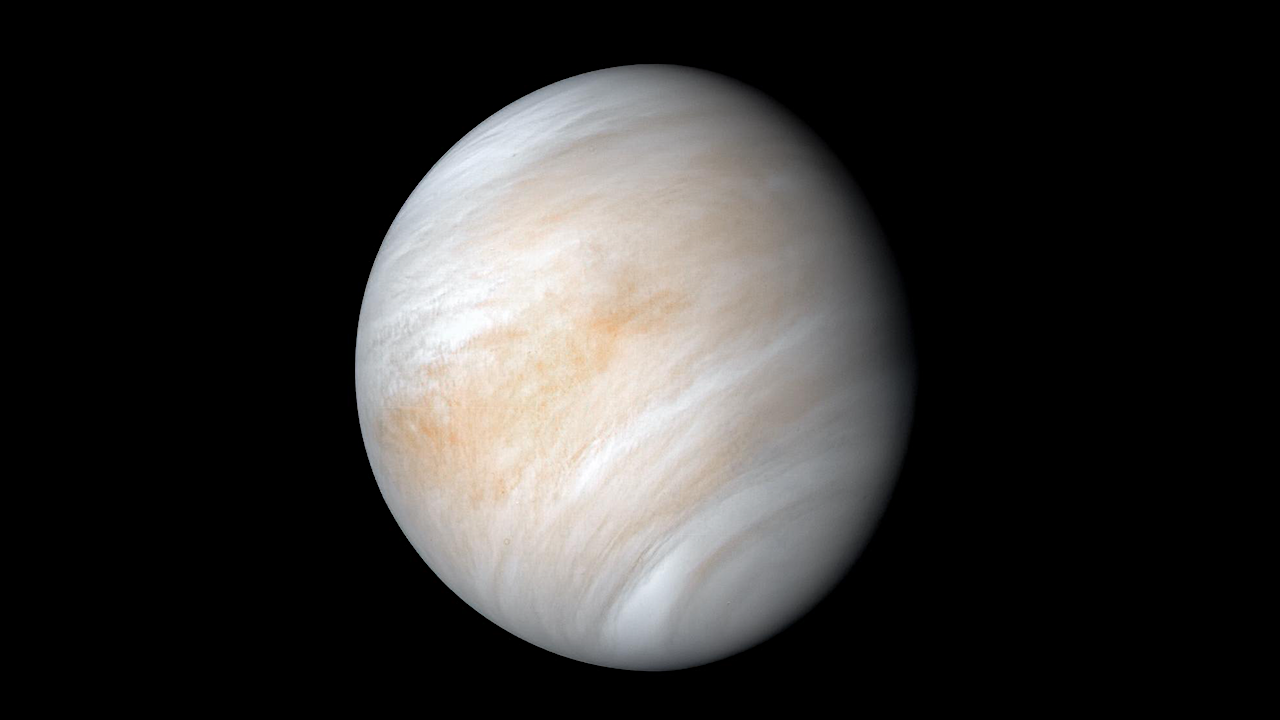
A major focus of the planetary science and astrobiology community is the understanding of planetary habitability, including the myriad factors that control the evolution and sustainability of temperate surface environments such as that of Earth.
The few substantial terrestrial planetary atmospheres within the Solar System serve as a critical resource in studying these habitability factors, from which models can be constructed for application to extrasolar planets.
The recent Astronomy and Astrophysics and Planetary Science and Astrobiology Decadal Surveys both emphasise the need for an improved understanding of planetary habitability as an essential goal within the context of astrobiology.
The divergence in climate evolution of Venus and Earth provides a major, accessible basis for understanding how the habitability of large rocky worlds evolves with time and what conditions limit the boundaries of habitability.
Here, we argue that Venus can be considered an “anchor point” for understanding planetary habitability within the context of terrestrial planet evolution. We discuss the major factors that have influenced the respective evolutionary pathways of Venus and Earth, how these factors might be weighted in their overall influence, and the measurements that will shed further light on their impacts of these worlds’ histories.
We further discuss the importance of Venus with respect to both of the recent decadal surveys, and how these community consensus reports can help shape the exploration of Venus in the coming decades.
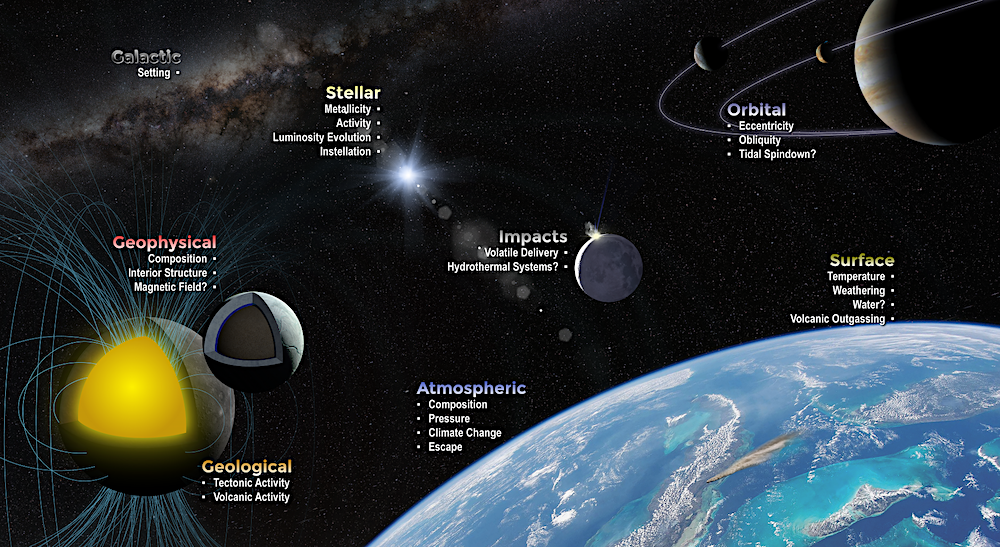
A graphical summary of the various factors that influence the surface conditions of a planet and their sustainability through time. This illustration is pertinent to Venus, and includes the stellar (solar) radiation environment, the (Solar System’s) make up and orbits of its major bodies, and intrinsic planetary properties such as geophysical, geological, atmospheric, and surface properties.
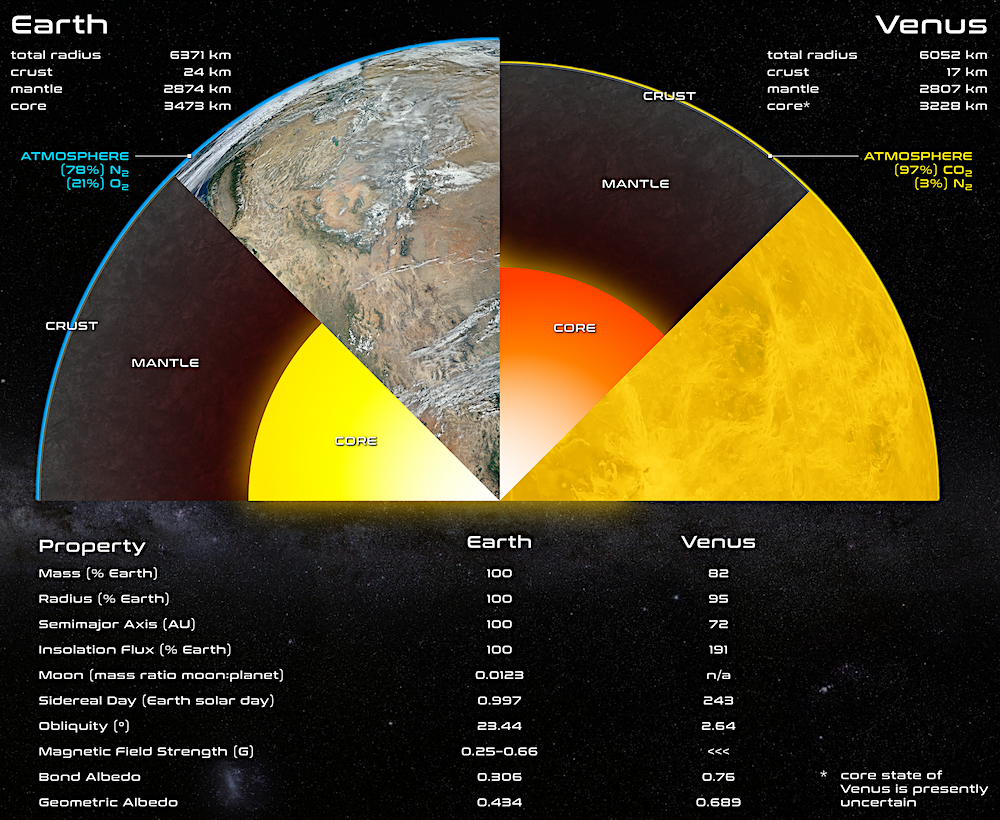
Schematic cross sections of Earth and Venus, showing the major internal components and atmospheric components, to scale. For simplicity, oceanic and continental crust for Earth are not distinguished, nor is the interior structure of Earth’s mantle shown. Note that there is considerable uncertainty regarding the state of the core of Venus, and so it is shown with orange fill instead of yellow. The interior structure for Earth is from Dziewonski and Anderson (1981). For Venus, the crust–mantle depth and mantle–core depth values are from James et al. (2013) and Aitta (2012), respectively. Under the cross sections, we show a table comparing key planetary properties of Earth and Venus (normalized to Earth values).
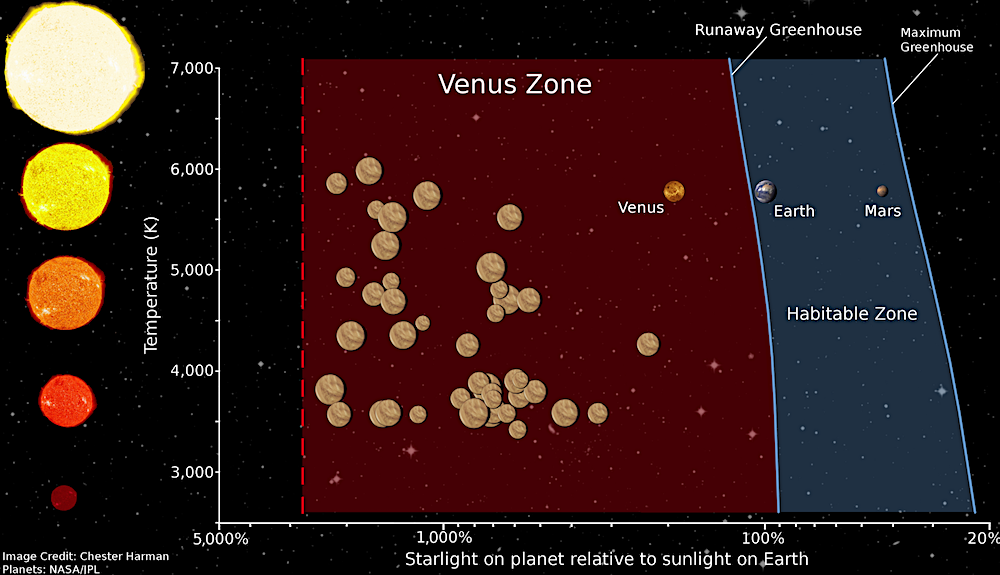
A representation of the Venus Zone and the Habitable Zone as a function of stellar effective temperature and insolation flux received by the planet. The Venus Zone is shaded in red, with the Habitable Zone shown in blue. The images of Venus indicate the location of Kepler candidates that lie within the Venus Zone, scaled by the size of the planet. The Solar System planets of Venus, Earth, and Mars are also shown. Image credit: Habitable Zone Gallery/Chester Harman.
Comments: 23 pages, 3 figures, 1 table, accepted for publication in Nature Astronomy
Subjects: Instrumentation and Methods for Astrophysics (astro-ph.IM); Earth and Planetary Astrophysics (astro-ph.EP)
Cite as: arXiv:2403.08830 [astro-ph.IM] (or arXiv:2403.08830v1 [astro-ph.IM] for this version)
Submission history
From: Stephen Kane
[v1] Tue, 12 Mar 2024 18:00:18 UTC (23,005 KB)
https://arxiv.org/abs/2403.08830
Astrobiology



